Carly Thomas reviews two non-fiction books for older kids that explore ideas of people and place, and a fun rhyming book for younger readers about some of New Zealand’s native animals.
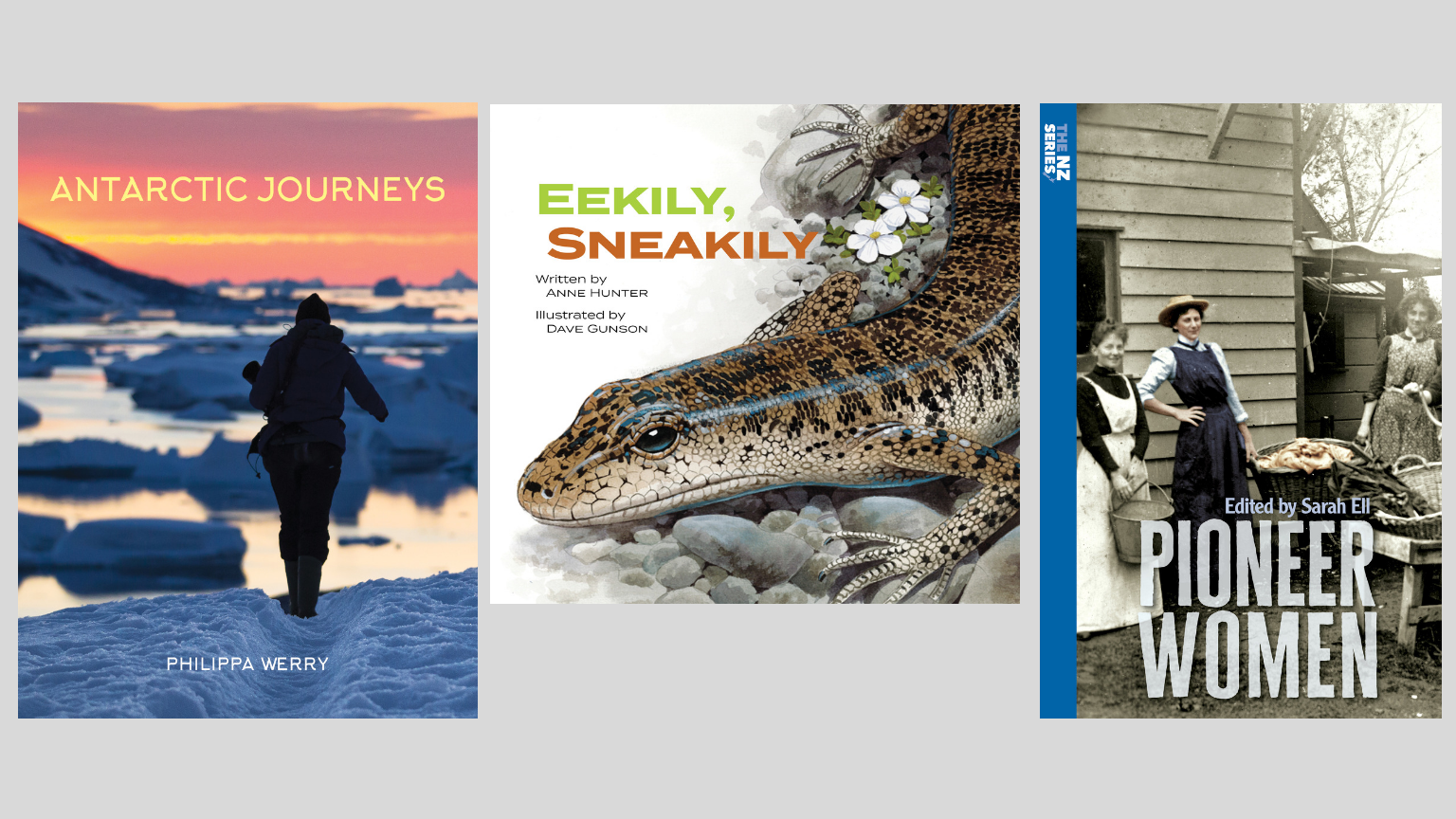
Antarctic Journeys by Philippa Werry (New Holland Publishers)
When I was a kid there was a big stretch of bush behind our house. It’s winding creek and trees that blocked out the light still inhabit my most vivid childhood memories. I made a raft that sank and I dreamed of walking right through to the other side.
I would explore and I would have adventures, and while I bushwhacked my way through my early years, I nurtured a need to see what is around the next corner and what is down that dusty track.
Exploration is in our nature, it’s part of being human and reading about those that went further than the rest, is a treat. Antarctica is just so intriguing and reading Antarctic Journeys was not a chore, it was a vicarious adventure.
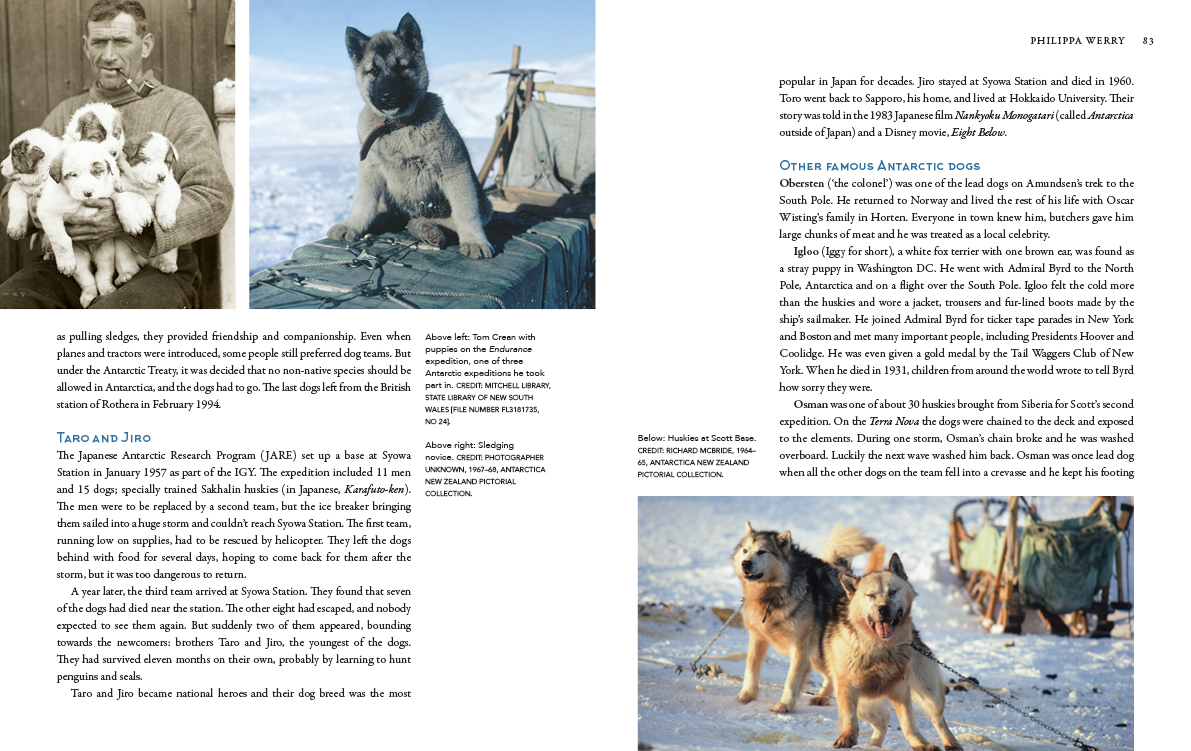
It is one of those books that makes you into the annoying person in the room that feels the need to share the best bits. Like the early explorers and their impossible survival stories and the incredible reserves of courage that they found inside of them. There were eye rolls galore from my family when I asked them if they would chop off my foot if I ever got frostbite.
It is those first journeys that are the best bit of this book. There is something about true adversity that is awe-inspiring and it makes you think about how you would fair stranded on an island of ice, with orcas circling, while your fellow crew members took to treacherous seas for help.
There is something about true adversity that is awe-inspiring and it makes you think about how you would fair stranded on an island of ice, with orcas circling…
Author Phillipa Werry has done her research and she has done the work of extracting the really good bits of history. It’s hard to capture personality when writing about things from long ago, but she has succeeded in stamping in some humanity.
The photos help; the inside of cramped huts, men hauling heavy loads through a blizzard and ice frozen ships paused in motion. You can see the extremes of it all and you can almost feel the cold.
But the book is not just about the past. It’s a look at journeys throughout the years to the present day. The people that go there and the animals that also inhabit the icy expanse. Werry herself went there, drawn by that human instinct of exploration and knowing that she did makes the book more honest somehow.
There is a quote in the book from author John Long that says that ‘no one goes to Antarctica without coming back a different person’ and this book left me with a sense of wanting to go there to see for myself and to follow that early learnt sense of what lies beyond.
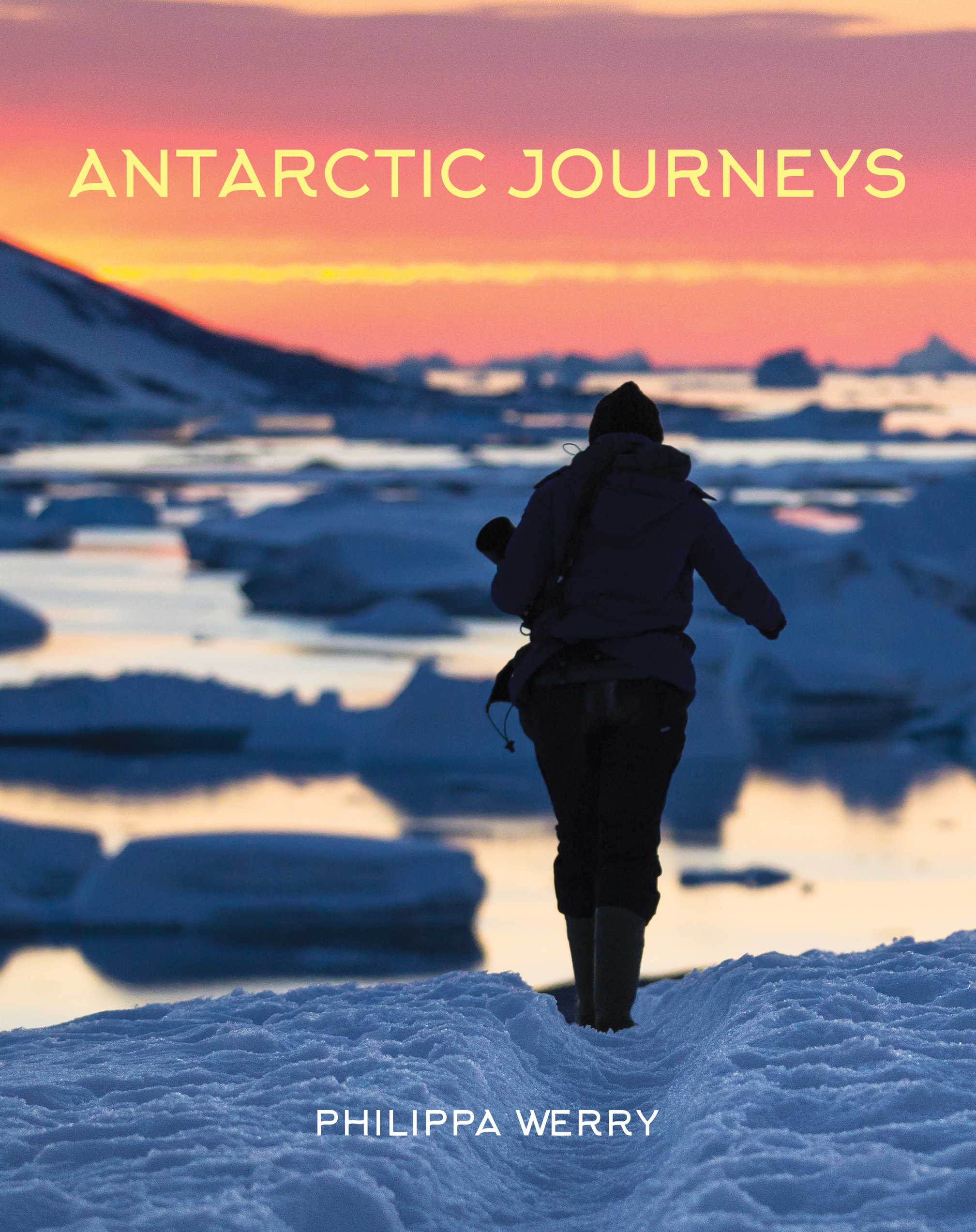
Eekily, Sneakily by Anne Hunter with illustrations by Dave Gunson (New Holland Publishers)
I am writing this review while my husband reads Harry Potter to our 10 year-old twins. They still love being read to and I also often find myself listening, lulled, comforted.
We all know how important it is for kid’s development, but that aside, it’s just a lovely part of childhood. Eekily, Sneakily is a book by Anne Hunter that is at its best when read out loud, like a band that is way better live. Reading it in my head wasn’t quite right, it didn’t flow, so I paused the Harry Potter session and in my best storyteller voice I read the book to my family, emo teenager included.
It’s really catchy, with that lovely lilting rhyme that tickles your ear and it low-key tells kids some facts about 15 different creatures including a garden snail, a skink, a cave weta and a honey bee. Facts can be boring but these are made fun, a bit like sneaking vegetables into spaghetti bolognese.
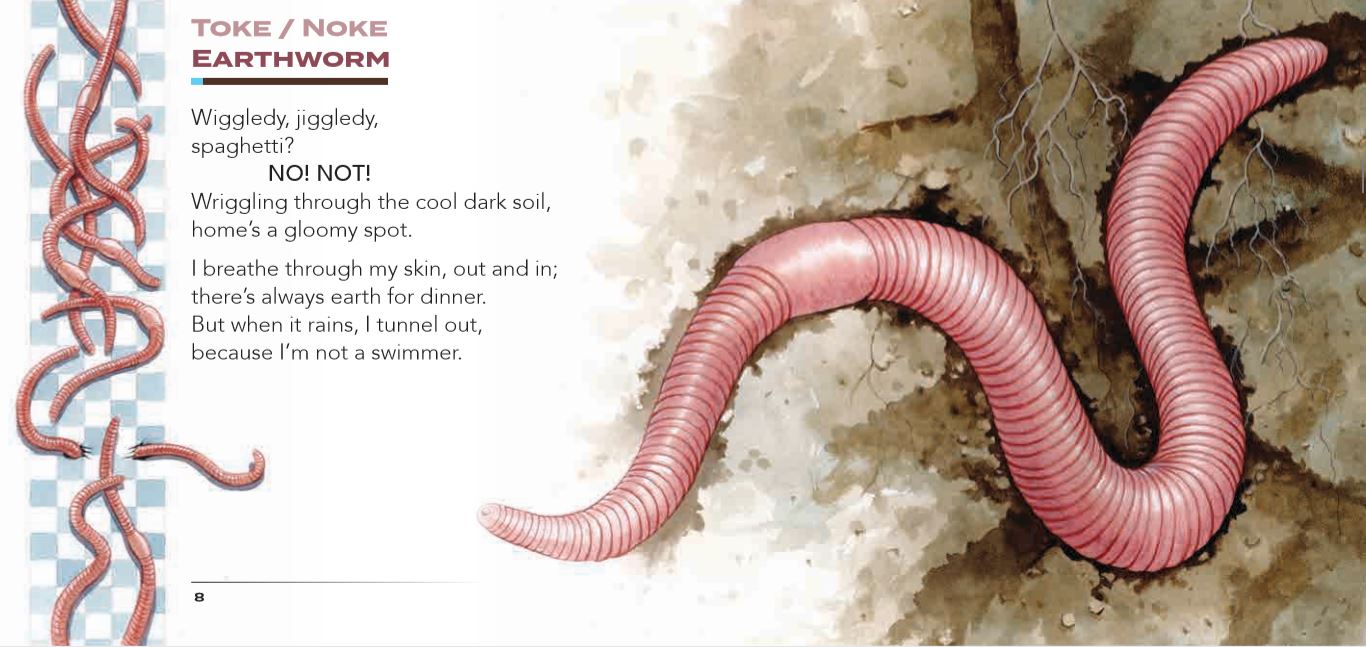
One of the things that made me smile was the creative twist on words – a snail is ‘humpily, plumpily’, a ladybird ‘dottily, spottily’ and a worm? ‘Wiggledly, jiggledy’ Marvelous! I am sure grammar geek parents will cringe, but the kids are what matter here and making language fun is awesome.
The twins giggled, my husband clapped, the teenager asked me if earthworms really breathe through their skin and the dog chased the cat.
The twins giggled, my husband clapped, the teenager asked me if earthworms really breathe through their skin and the dog chased the cat.
My daughter Lily is now reading it to herself, back turned to Harry Potter with her finger slowly tracing a life-sized drawing of a monarch butterfly. The illustrations by Dave Gunson are beautiful and they really make the book. Gunson illustrates for New Zealand Geographic magazine and the creatures are captured in striking realism. The addition of Māori names gets a thumbs up from me and I also like the little detail that they come first with the English names second. A small thing but I noticed that weight of importance put on Te Reo and appreciated it.
At the back of the book are some further ‘fascinating facts’ which stretches the book out for the older kids who can read on their own – or for my husband who has ditched the wizard all together and is educating himself about cicadas, who, by the way, are the ‘loudest in the insect world’. I think that’s a recommendation!
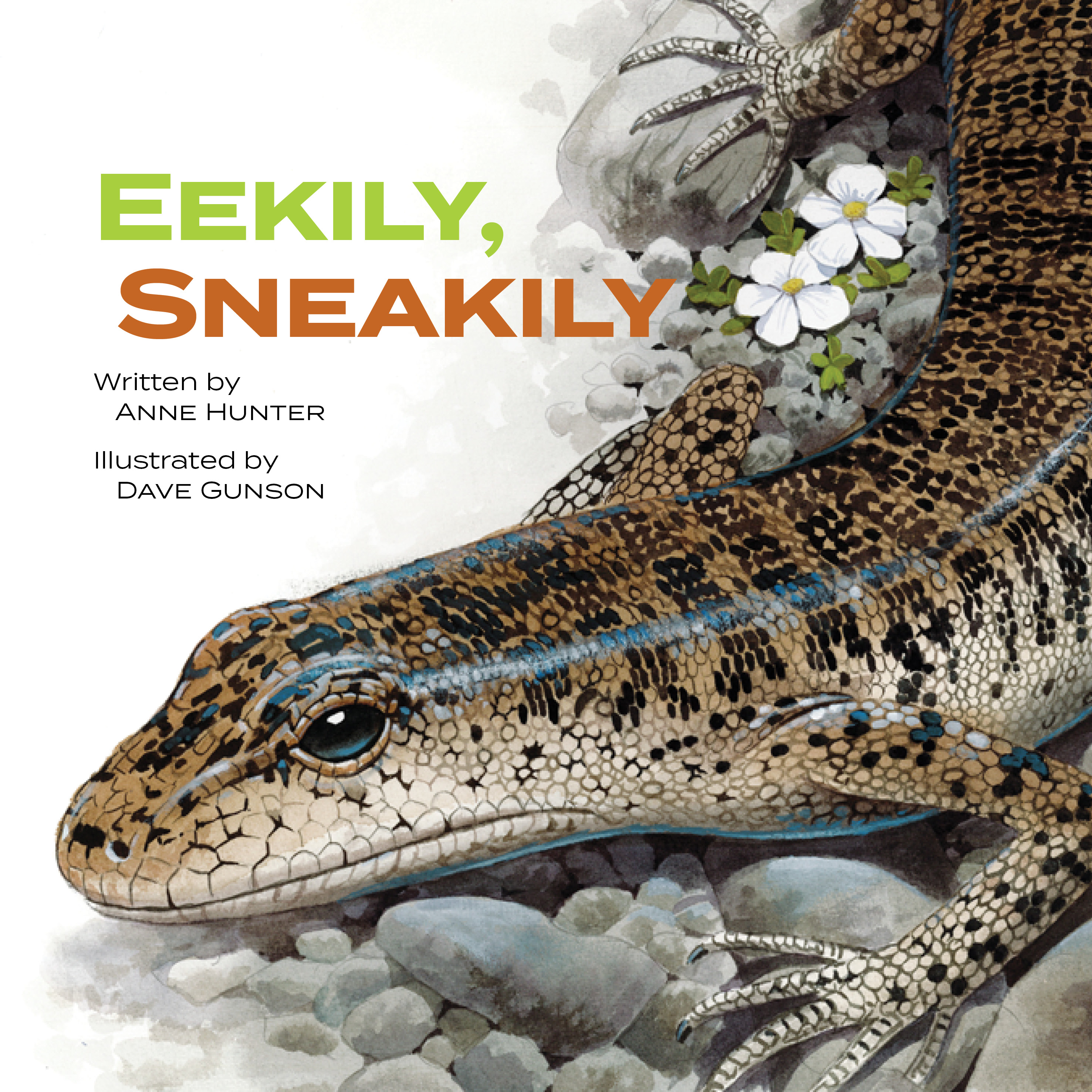
eekily, sneakily
By Anne Hunter
Illustrations by Dave Gunson
Published by New Holland
RRP $25.00
Pioneer Women, by Sarah Ell (Oratia Media)
It’s so easy to forget what came before when we are so intent on what is now and next. There’s so much going on in our lives that is immediate, that the past can seem so, well, so long ago. While history has that sepia tinge of the uncool for the next generation, Pioneer Women is rising to the challenge of making history cool again with surprising gusto.Each generation of New Zealanders is a step further away from the women who emigrated to New Zealand from Europe in the nineteenth century, but this book uses a method which breaks down the divide of time: it is told through diary and letter extracts. It uses the voice of real women, and in doing so should become a real-time communicator to the teenagers it is aimed at. Because here’s the thing that made me not want to put this book down: the women’s voices don’t sound that different to our own.
Their stories are extraordinary – these women came by boat on long and gruelling journeys where people died and storms were ridden out, they landed in a country that was uncharted and wild and they had to quickly adjust to survive – but their words resonate with a familiar tone.
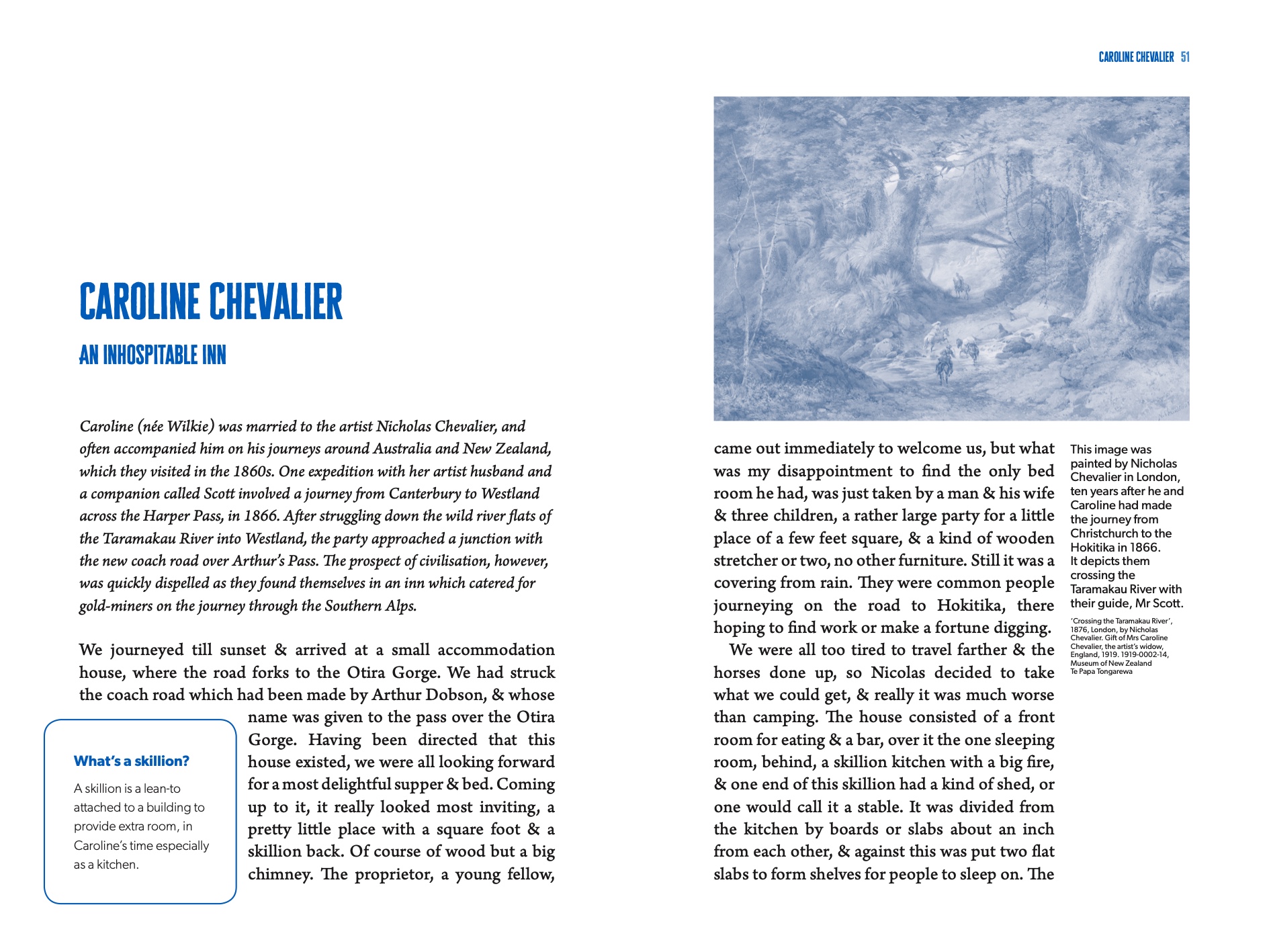
Eleanor Adams was 11 years old when she walked the Milford Track in Fiordland with her father and a survey party in 1888. She writes about tracks that were often uncut, the rivers and lakes they had to cross and bush rats she had to fend off.
She uses the words ‘awe-inspiring’, ‘raging’, and ‘magnificent’ to describe what she sees and what we see through her voice is a land we know, a land we feel.
Jane Maria Richmond’s thoughts from her diary are laid bare and she says she “never felt so wide awake” as she did since landing in New Zealand. Her words tell of a woman who felt liberated in her new country, a place where she could unshackle herself from the class system and consider herself “a much more respectable character than when I was a fine lady”.
Women, it would seem, could redefine themselves here amongst the wilds and reading their stories makes me, as a woman, feel connected to that feeling somehow. If their stories had been narrated in another way I don’t think that connection would quite have the same resounding click.
Women, it would seem, could redefine themselves here amongst the wilds and reading their stories makes me, as a woman, feel connected to that feeling somehow.
These stories are all European, it states that at the beginning of the book. There is no first-person Māori voice here and this book left me wanting to go and seek their words as a balancer. With the hindsight of living well beyond this history of colonisation I know that these women were part of something that wasn’t always good. This book is told in their now, but I can’t help but run a narrative of the other untold story through my head as I read.
This book is just the first in a New Zealand history series to be published by Oratia: they assure The Sapling that they are seeking Māori women’s pioneer stories as well. I look forward to this.
If this book is used in schools alongside the history of what colonisation meant to our indigenous people, then I think it will help build a picture of who we all were and how we all became.
Voice is a strong connector and having sat with the seventeen women in this book for a time, their stories have gone beyond murky old sepia to full blown colour.
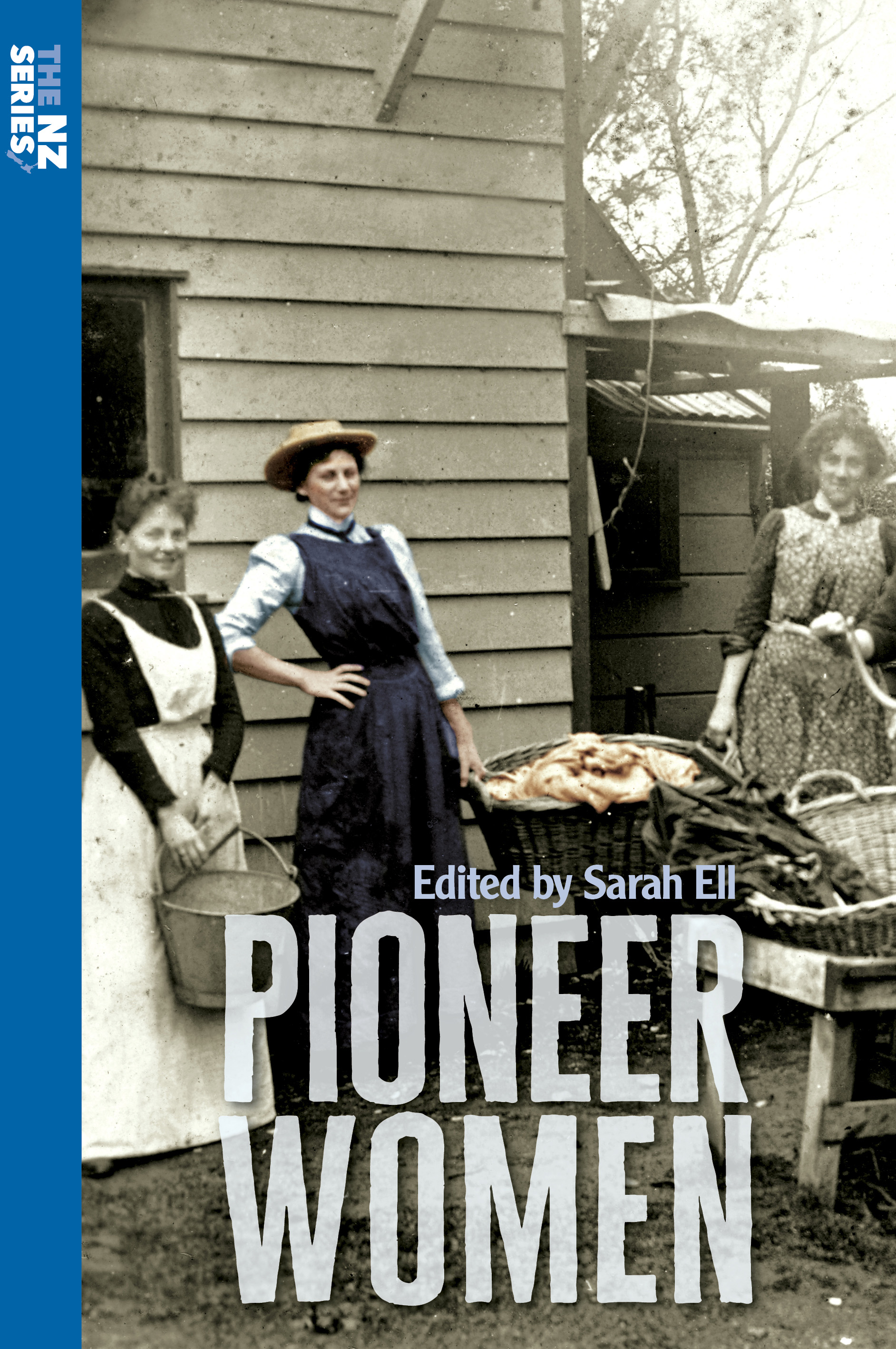
pioneer women
By Sarah Ell
Published by Oratia Media
RRP $30.00
Available at all good bookshops from 7 July
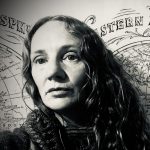
Carly Thomas
Carly Thomas is a freelance writer living in rural Manawatu. She juggles a list of writing gigs that can get wonderfully eclectic.



